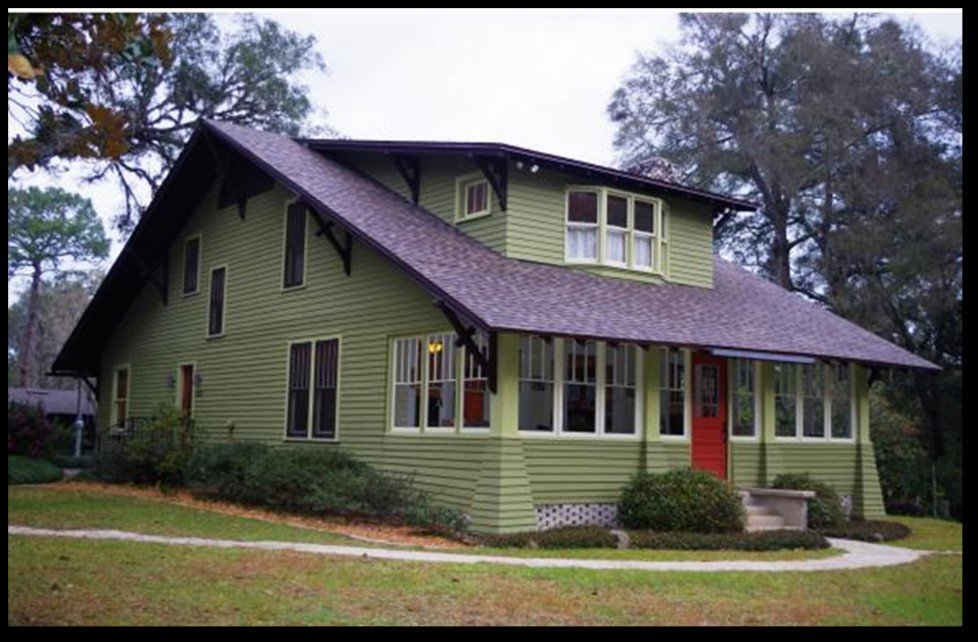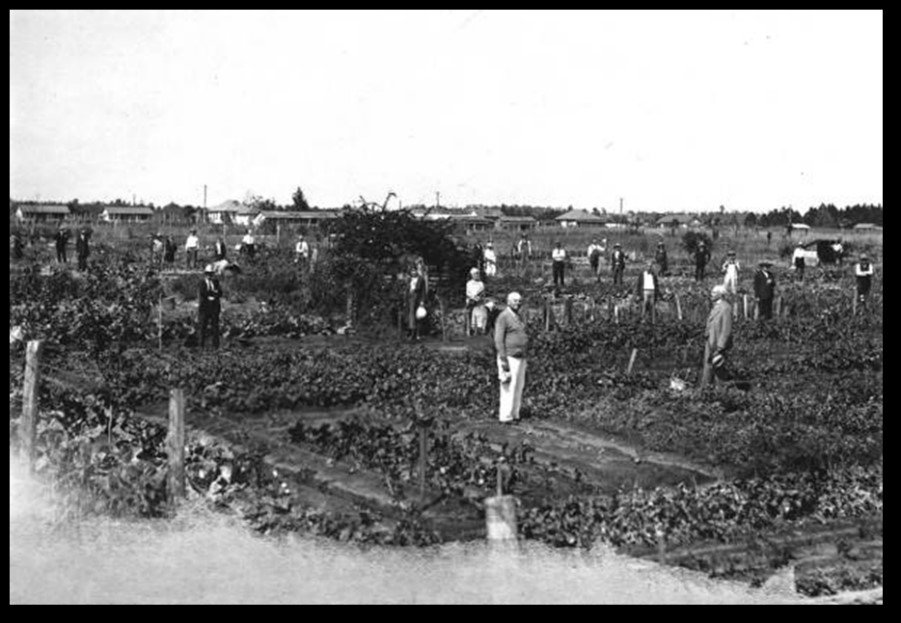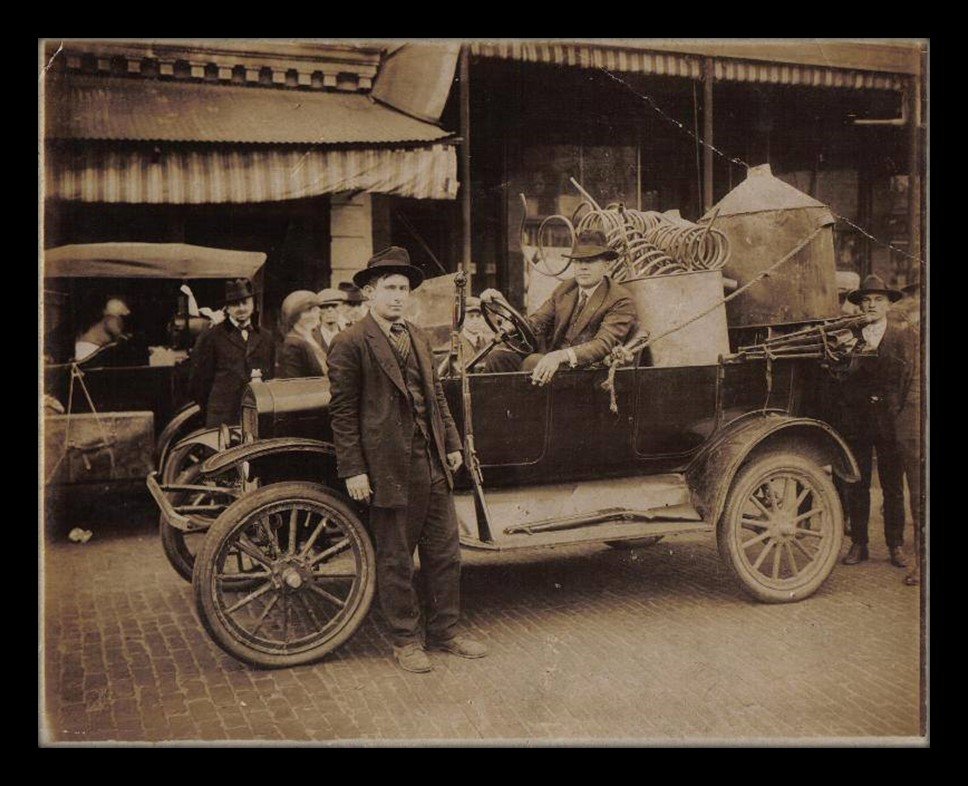Celebrate Clay County History: The Roaring 20s
CLAY COUNTY – The month of May is celebrated annually as Clay County History Month. So, what better time to look back a full century.
A snapshot of Clay County, in the 1920s reveals a rural, …
This item is available in full to subscribers.
Attention subscribers
To continue reading, you will need to either log in to your subscriber account, or purchase a new subscription.
If you are a current print subscriber, you can set up a free website account and connect your subscription to it by clicking here.
If you are a digital subscriber with an active, online-only subscription then you already have an account here. Just reset your password if you've not yet logged in to your account on this new site.
Otherwise, click here to view your options for subscribing.
Please log in to continueDon't have an ID?Print subscribersIf you're a print subscriber, but do not yet have an online account, click here to create one. Non-subscribersClick here to see your options for subscribing. Single day passYou also have the option of purchasing 24 hours of access, for $1.00. Click here to purchase a single day pass. |
Celebrate Clay County History: The Roaring 20s
CLAY COUNTY – The month of May is celebrated annually as Clay County History Month. So, what better time to look back a full century.
A snapshot of Clay County, in the 1920s reveals a rural, agriculture-based community being discovered by a wave of land developers and settlers from the North and Midwest. Since it was the Prohibition era, illegal moonshine stills were rampant countywide. We have other vices today that keep law enforcement just as busy. The 1920s ushered in the development of Keystone Heights and Penney Farms. Today, we are no strangers to similar development and growth that will be equally historic.
The year 1919 brought Prohibition to the United Sates. Here in Clay County, it was old hat. Clay County was “dry” since 1904 when the citizens voted it so – and it was dry as a bone. In August 1922, Sherriff Elam Weeks and his deputies discovered a big moonshine camp in the back of Westberry Griffis’ field in Maxville. Jess Quigley, O.J. Murrhee and Constable J.D. Eddy came along for the bust. The operation had two 65-gallon stills, 53 barrels of “buck”, 23 empty barrels, 2 double-run copper worms, each 36 feet long, one barrel of cane syrup, tools, wood and 10 gallons of “shine”. A small creek nearby provided fresh water for the still. One of the stills’ fires was still burning when the sheriff arrived. It was apparent the moonshiners had a good lookout man posted somewhere to warn of the approaching danger. The Sheriff guessed that the still had the capacity of 50 gallons of moonshine a day. No one was arrested.
If you think moonshining went away with the official end of Prohibition in 1933, you are mistaken. In the 1960s, two saddle horses were used as sentries at a Clay County still. That’s right – horses as lookouts. Sheriff John Hall said it’s not unusual for horses to be used as lookouts at the stills.
“In a heavily wooded area they use the horses to make a getaway in the event of a raid. The horses serve as sentries because they will lift their ears when they hear someone approaching,” Hall said.
It wasn’t a foolproof method, however. The raiding officers said these two horses sounded the alarm as they approached the still but the two men who were arrested were so busy brewing whiskey that they failed to notice the signal.
It wasn’t until 2012 that Clay County alcohol sale laws aligned more closely with those found in nearby Duval County, when local government did away with the ban on selling alcohol before noon on Sundays.
In southern Clay County, it was the Florida Land Boom of the 1920s that changed that sleepy, largely uninhabited area into modern-day Keystone Heights. The benefits of Florida living were marketed to Northerners – a warm paradise where the land was cheap and the ground was fertile. Middle class people could afford cars for the first time and they traveled extensively. Florida was an obtainable dream for those wanting a piece of paradise to call their own, plant a citrus orchard, sit back and reap the rewards of year-round sunshine.
The founder and developer of the City of Keystone Heights was a man named John J. Lawrence. He was from Pennsylvania, the “Keystone State”, hence the name of the community. He was an ordained minister and he brought that experience with him when he developed Keystone Heights. Lawrence also was an avid horticulturalist and that skill became an integral part of the development of the city. Lawrence was living in Pennsylvania when George Sebring, the developer of Sebring, asked him to come down and help him develop the area.
This was shortly after World War I. John, however, became dissatisfied with the platting for the Brooklyn Lake area. Agnes, his wife, showed him a lake she found on a walk. That lake was Lake Geneva. John moved the center of the new town he was forming to the shores of that lake instead. Lake Geneva and Lake Brooklyn were practically side-by-side.
Today, State Road 21 runs between them. The City of Keystone Heights was created for entrepreneurial northerners and the goal was for residents to be self-supporting with pecan and orange orchards. Bugs, poor soil and weather challenges kept the homeowners from being 100% self-supporting, but that did not stop folks there from planting trees and flowers that flourished. In 1925, the city incorporated with an original population of only 50 people. Today, Keystone Heights is still our least populated community, but retains its charm and remote appeal. The lakes seem to be filling up again and the area still embraces the rural beauty that attracted Lawrence in the first place.
Many people are familiar with the story of JC Penney and the founding of Penney Farms in Clay County, but few know that Penney Farms was once an area known as Long Branch City. Long Branch City was part of the Florida land boom and land bust of the 1920’s. Like the better-known Penney Farms, Long Branch City was also a planned farming community. Florida Farm & Industries, the developer, was founded in Ohio in 1921. It was a consolidation of the St. John’s River Cattle Company, the Southern Cattle Feeding Company, the Dowling Shands Lumber Company and other real estate holdings in the Green Cove Springs area. It was capitalized at nearly $6,000,000. There were supposed to be about three-hundred plots of 20-acre fenced farms, new houses, and out buildings. The town center was to be named Long Branch and plans included a school and grocery store. Advertisements for this Long Branch City development were placed in Northern and Midwestern newspapers, targeting the growing middle class and those wanting to cash in on the cheap land in Florida. Sunshine was equated with success.
Hopes were high in 1922, but the project declined and farmers began to leave. In 1923, the corporation went into receivership and by 1925 it dissolved and the property was sold. In 1925, the inevitable began to occur in the real estate industry. Land prices had reached such a zenith that new customers failed to arrive and old customers began to sell their land. JC Penney and Ralph Gwinn, general counsel for JC Penney and Company, formed the JC Penney-Gwinn Corporation to manage Florida holdings. This included 120,000 acres in Clay County, all of Long Branch and hotels in Green Cove Springs. Penney bought the Long Branch project for $400,000 in 1925. In 1927, Long Branch City was renamed Penney Farms.













